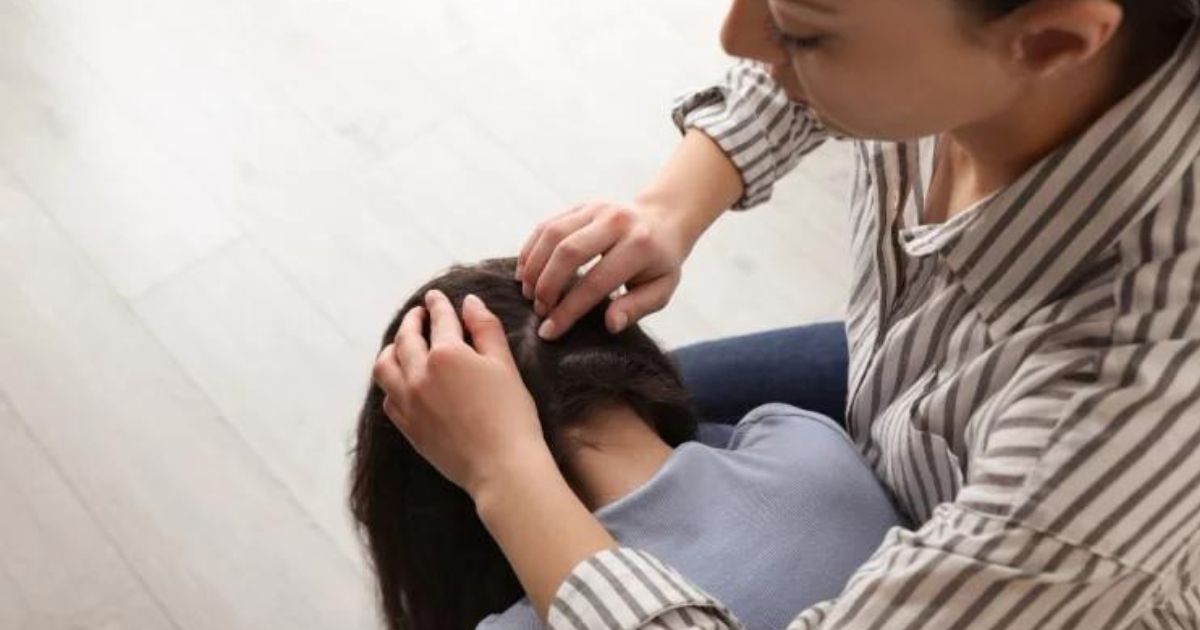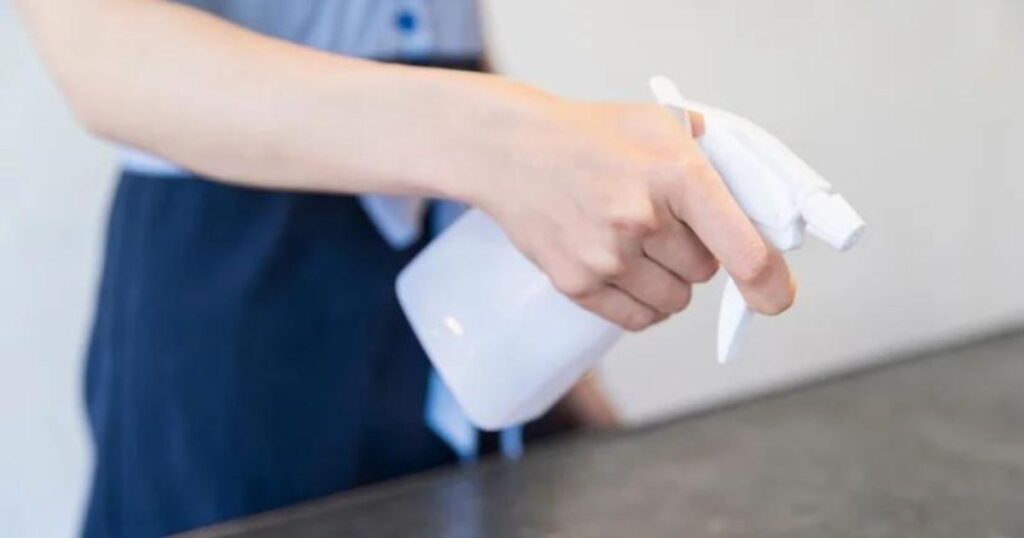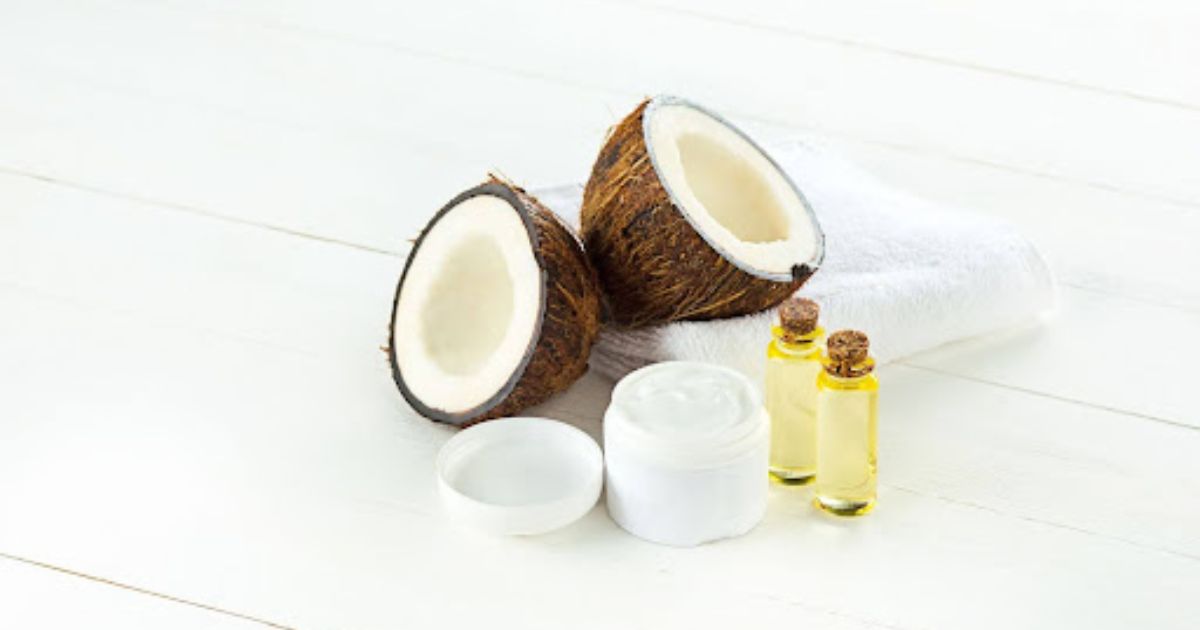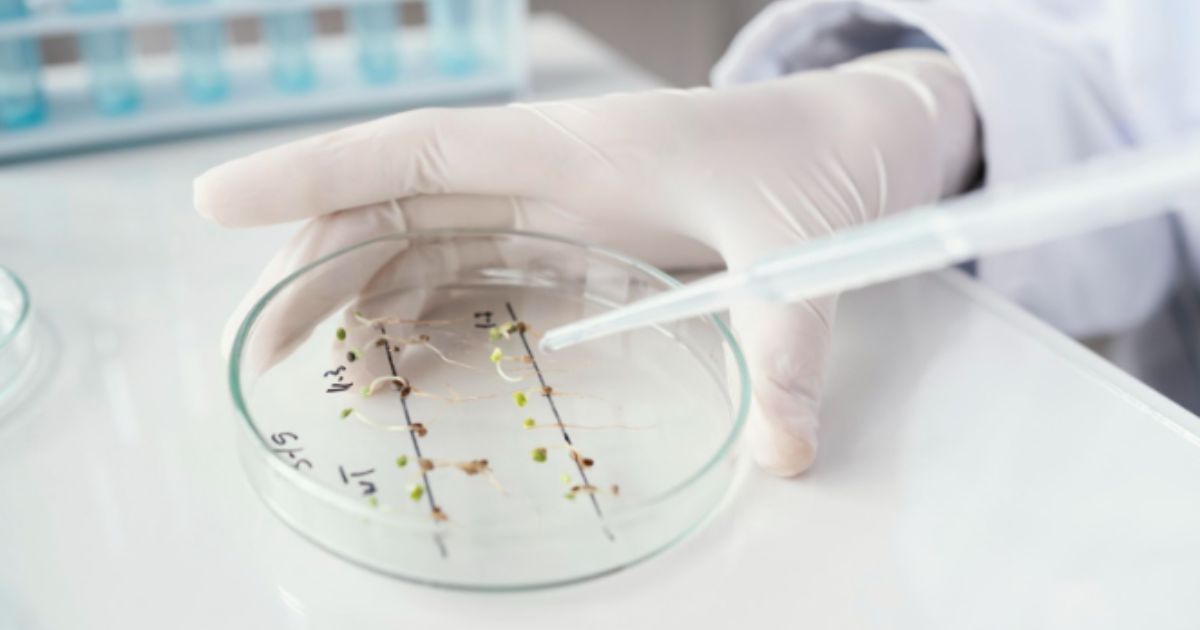Head lice refers to those tiny, frustrating creatures that usually send shivers down spines and cause wild head-scratching. Those with children have probably encountered lice. However, no one wants a repeat performance, and that’s why preventative lice sprays are critical.
What are lice prevention sprays? The efficacy of these products usually ignites heated debates, and studies have been conducted to test the effectiveness of various sprays touted as preventive. Let’s look at this issue, addressing the most common preventive products, their effectiveness, and the need for professional lice removal.
What Are Preventative Lice Sprays?
Lice prevention sprays are over-the-counter products formulated to keep lice at bay. They are usually part of a broader range of products, including shampoos and conditioners that claim to repel lice. These sprays often contain natural ingredients thought to be repulsive to lice, such as tea tree oil, lavender oil, and peppermint. The idea is that by applying these lice-prevention sprays, you can create an environment on your scalp and hair that is less attractive to lice.
It’s important to understand that preventative lice sprays are not designed to kill lice or remove them from the hair. Instead, their primary purpose is to deter lice from taking up residence in the first place. Parents often use these sprays on their children’s hair before sending them to school, camps, or playdates where head-to-head contact might occur, which is a common way lice spreads.
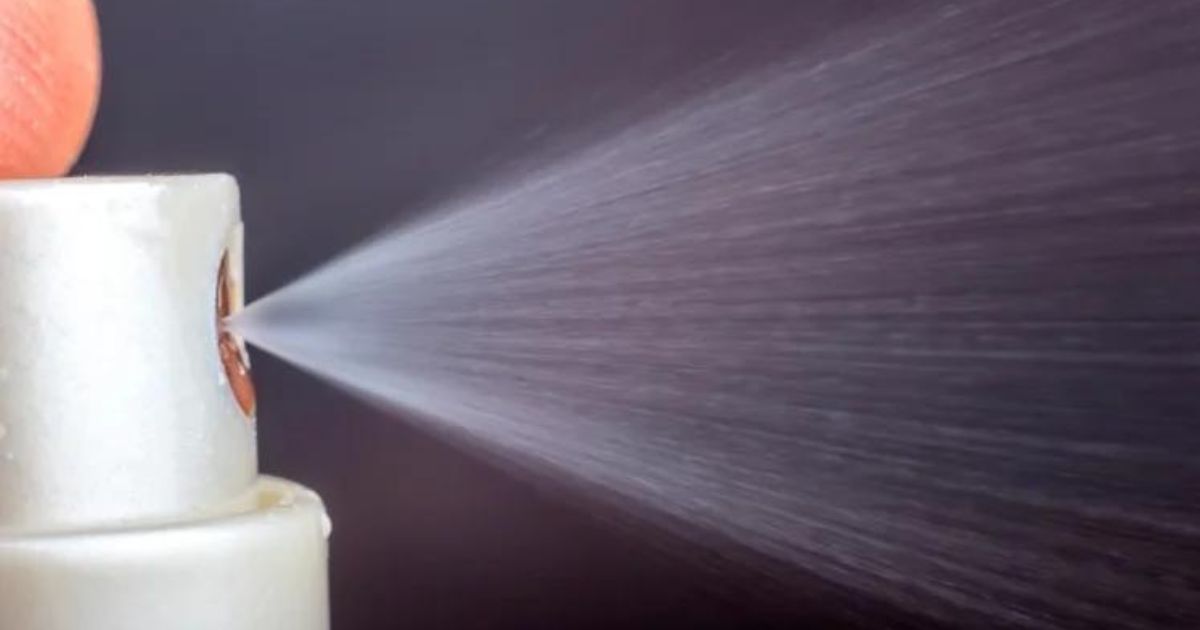
Do Lice Prevention Sprays Work?
This brings us to a crucial question: Do lice prevention sprays work? The effectiveness of these sprays can vary. Some studies and user reports suggest that certain ingredients in these sprays can help reduce the likelihood of a lice infestation.
However, it’s important to note that there is no foolproof method to prevent lice entirely, as these critters are highly adaptable and can become resistant to various treatments.
What About DIY Lice Prevention Spray?
In addition to commercially available options, there’s also interest in DIY lice prevention spray. Many families opt for homemade remedies, which often include the same types of essential oils used in commercial products.
For instance, a popular DIY spray might be a mixture of water, tea tree oil, and lavender oil. While these homemade solutions can be part of a holistic approach to lice prevention, they should not replace proven and professionally endorsed treatments, especially in the case of an active infestation.
You should approach homemade remedies with caution. Essential oils, for example, are potent and can cause allergic reactions or skin irritation if not properly diluted or if used excessively.
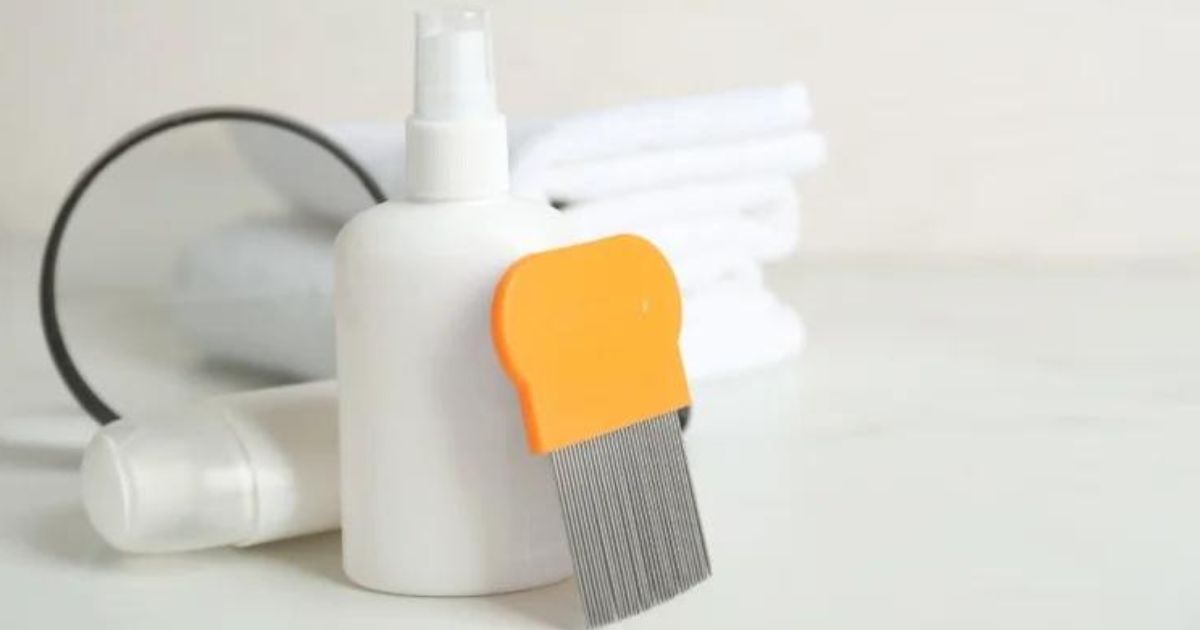
Best Lice Prevention Sprays
While no product can guarantee complete prevention, some of the best lice prevention sprays have gained popularity for their potential to reduce the risk of lice. Let’s take a closer look at a few well-regarded options:
Fairy Tale
Fairy Tale Lice Prevention Spray is touted for its natural ingredients and gentle formula. It’s often chosen by parents looking for a chemical-free option. The product claims to contain oils that lice find unappealing, thus making it a favored choice for daily use during lice outbreaks at schools or in the community.
Nix
Nix is a well-known brand in the realm of lice treatment, and its preventative spray is designed with the same commitment to effectiveness. Nix’s spray might contain permethrin, which is a common insecticide used to repel and kill lice. This makes it a stronger option, but it’s always essential to follow the application instructions to avoid any potential side effects.
Lice Shield
Lice Shield combines several essential oils known to repel lice. It is marketed not only as a preventative measure but also as a product that enhances overall hair health. Lice Shield can be a practical choice for those who prefer a blend of scientific and natural approaches in their lice prevention strategy.
Alternative Lice Prevention Products
While lice prevention sprays are a popular choice among families seeking to ward off lice, some other products and strategies can be integrated into your preventive measures. These lice prevention products offer additional ways to protect your family from lice infestations and maintain peace of mind.
Lice Screening and Consultation
Regular lice screenings and professional consultations are invaluable tools in lice prevention. At The Lice Clinics, we provide expert screening services designed to catch infestations early before they become widespread.
Early detection is crucial, as it allows for quicker, more effective treatment. Scheduling regular checks, especially after your child has been exposed to environments where lice are commonly spread, can be one of the most effective strategies to prevent widespread outbreaks.
Lice Shampoo
In addition to lice prevention sprays, lice shampoos are a cornerstone product in lice prevention and treatment. These shampoos often contain medicated ingredients designed to kill lice and sometimes their eggs. They are used as a preventative measure during outbreaks and as a treatment, once lice have been detected. Lice shampoos can be a practical addition to regular hygiene routines during peak lice seasons.
Lice Furniture Repellant
Lice not only cling to hair but can also survive for a short period on upholstered furniture, bedding, and carpets. Lice furniture repellants can help minimize the risk of lice transferring from household items to human hosts. These products typically come in spray forms and can be applied to non-washable items around the home, providing an extra layer of protection alongside personal lice prevention measures.
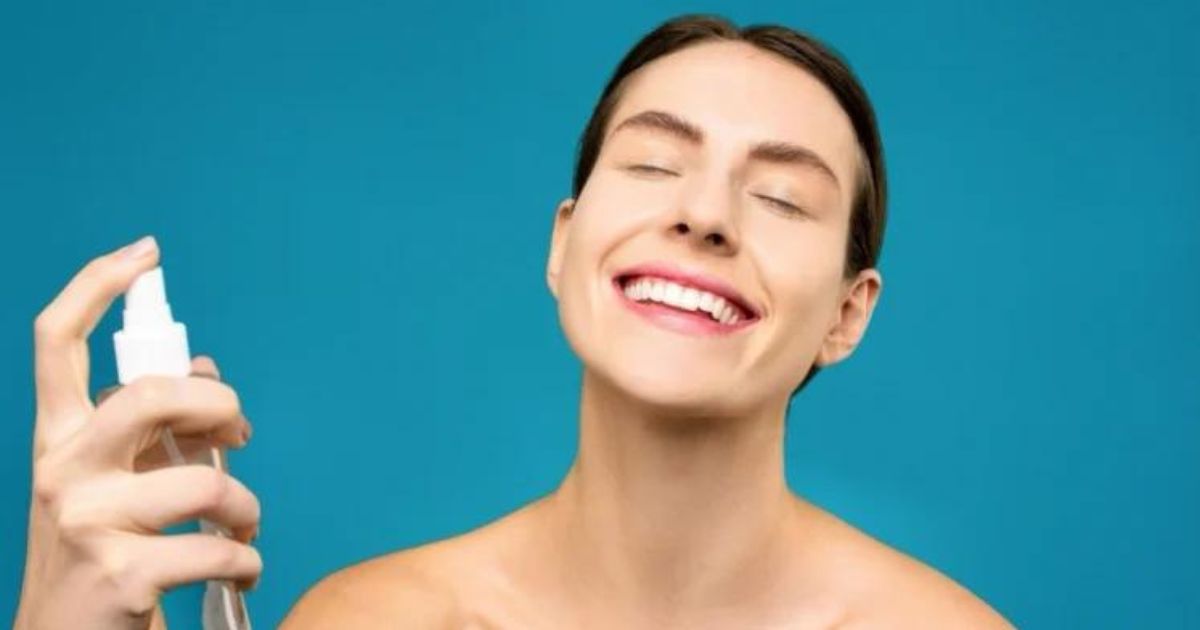
For Help With Lice Prevention Problems
If you are struggling with lice or worried about potential infestations, do not hesitate to reach out to us. At The Lice Clinics, our team of professional technicians is equipped with innovative treatment options that take the stress out of lice removal. We understand the challenges that come with dealing with lice, and our goal is to provide you with not only effective treatments but also education on preventing future outbreaks.
Contact us today to learn more about our services or to schedule a consultation. Let us help you maintain a lice-free life with ease and confidence. Our expertise is your peace of mind.
